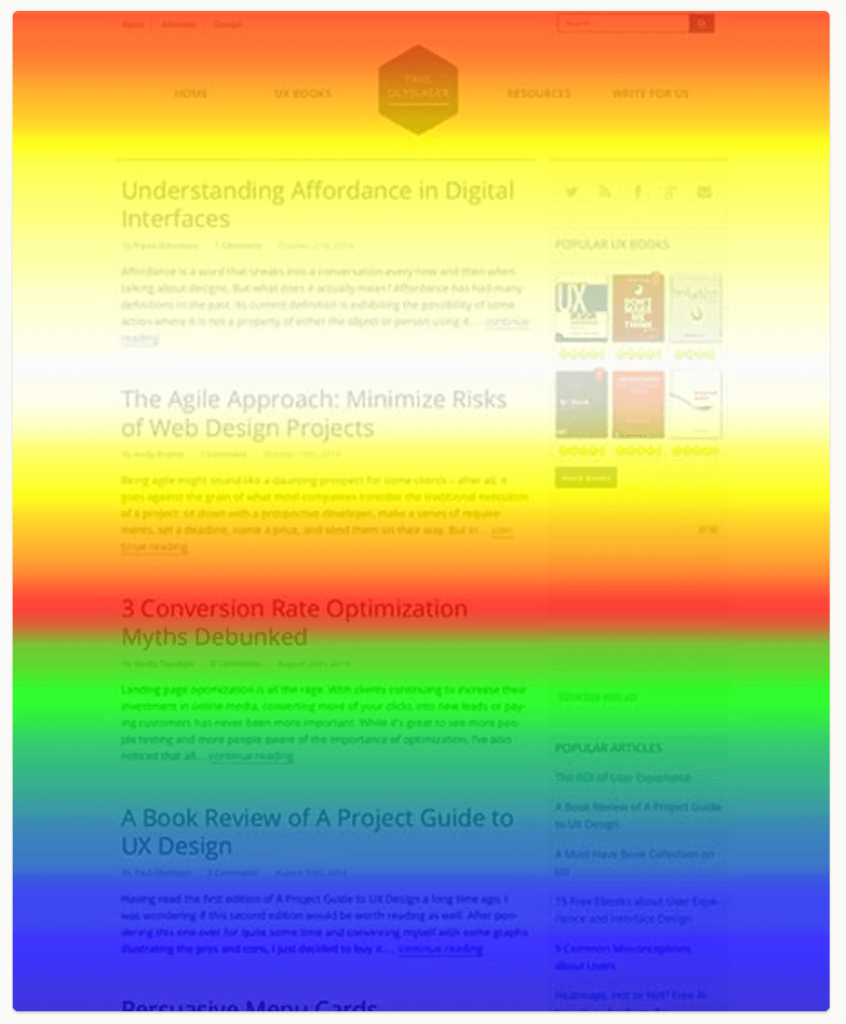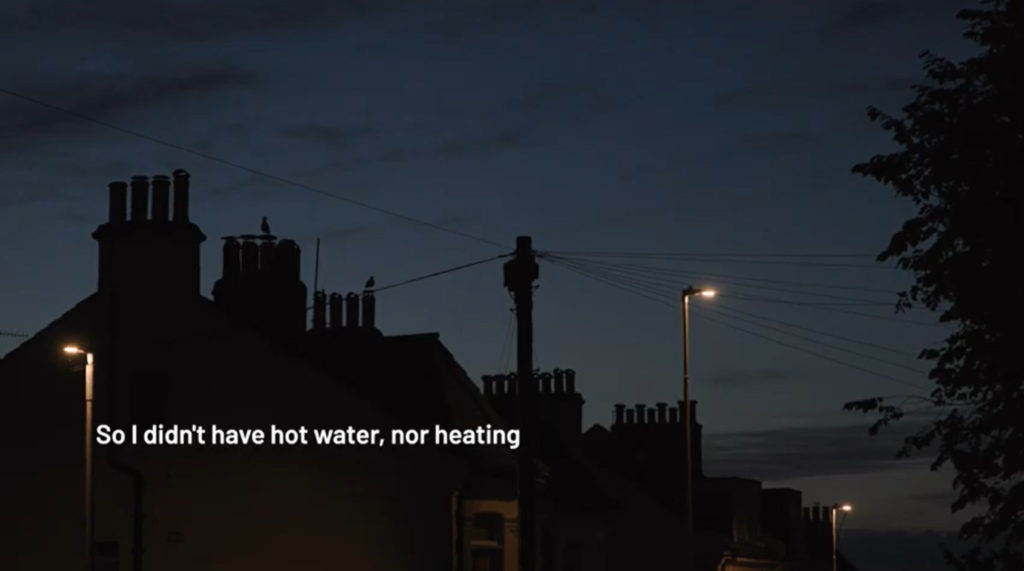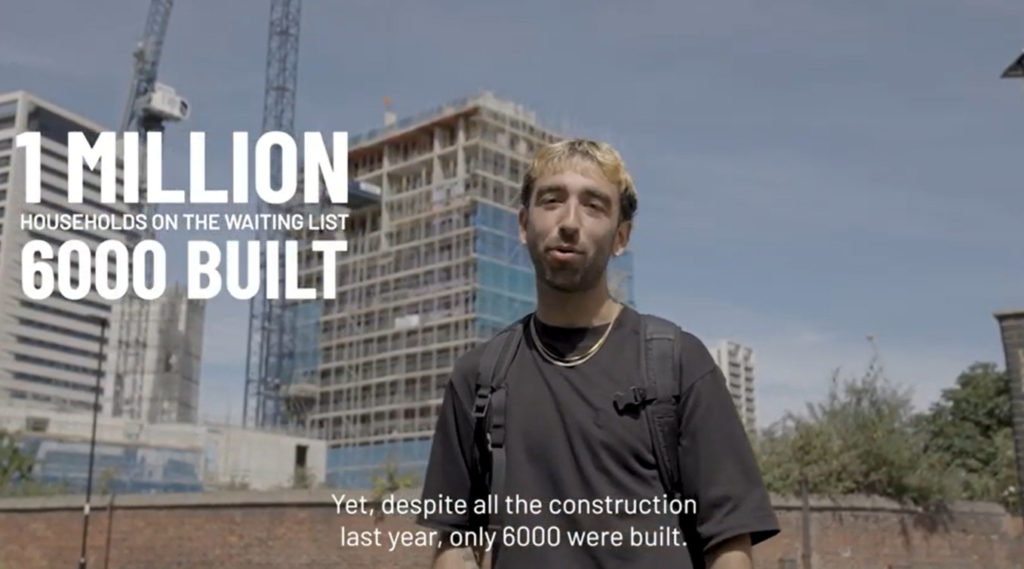
In thinking about the types of colleagues who pose the most consistent challenges to a content team, I’ve found 2 who are the most common: subject matter experts and fundraisers (sales). The SME as web publisher often challenges the various standards that protect the user, and fundraisers challenge the process that protects the brand. Here’s a dive into a case of each.
People who know the 1961 Land Compensation Act word for word are web users, too
For housing experts in governments, local authorities, academia and elsewhere, Shelter’s policy blog is a constant source of research, insight and expertise. But for some time, it was also a source of pain for users and for Shelter’s content team.
While some blog posts met standards for readability, on a regular basis some posts lacked the basics of good web writing. With run-on paragraphs, no sub-headlines and little to no visual content. Links were sometimes unhelpful – with link text that told users little about where they were clicking to – and sometimes non-existent.

The blog sat on WordPress (as it still does, to date) and blog authors had publish-to-live powers, without reviews by content people. Most of the blog authors, who sat in the policy team, were aware of content guides like house style and tone of voice. But those standards weren’t followed consistently.
The argument was that as subject matter experts writing for a narrow band of other housing experts (‘elite audiences’ was the term they used), they needed the freedom to write in the language and style their audience was familiar with.
Building the case
I ran some Google Analytics on a selection of blog posts, including a few good posts with some less good. The stats were predictable. The posts without subheads or visual content had lower time on page (by approximately 25%) and higher exit rates (above 80%).
I also ran a few heat maps on the same posts, using Crazy Egg. Predictably, the posts with more readibility – scannable, skimmable, with subheads and visuals – showed more hot-spots over more of the page.

With this in hand, I met with the head of policy and framed the conversation as an exploration into improving the user experience for Shelter’s blog.
I told him that housing experts are still like every other web user: impatient when they can’t find things, frustrated when they reach an impenetrable page, or discouraged when a site won’t load on their mobile.
I explained that modern user research shows even people who easily absorb dense printed material will read web pages with less patience and focus.
Readability enhancers like chunked text (versus long paragraphs), clear and sensible subheads, and bulleted lists make web pages scannable and skimmable, which makes life easier for those users.
I proposed 2 solutions:
- The content team run a writing-for-web workshop with his team, taking them through the latest standards, conventions and UX thinking
- His team bring our editors into their publishing workflow, as final reviewers and the publishers to live
He wasn’t crazy about the second proposal, saying it would be a constraint on his team’s time. He said they needed the ability to publish some posts quickly, as responses to government announcement or newly released housing data.
He agreed to the workshop, provided I was able to gather his team of 16 very busy policy experts at the same time. Despite several efforts, I could never get more than 7 or 8 people to commit to a day/time – and not the authors whose posts were the issue.
So I gave up trying, but asked the content team to check on the blog twice a day for new posts. Anything they spotted that needed improving, I asked them to send a friendly email to the author with suggestions.
Well, that didn’t work
The mixed bag of quality persisted, and sometimes with cringeworthy results. One post headline talked about ‘Renal policy’ (a typo quickly fixed, but still). I kept gathering bad examples, and after 3 months I emailed them to the head of policy. We met once more. At this point I’d been made UX Lead, so I was able to bring that hat to the table as well.
He acquiesced, agreeing to give the final review and publishing powers to our editors – but with a compromise: he wanted his team to have the ability to publish quick, reactive posts when they were against the clock. I countered, suggesting they limit the people able to publish to 3 or 4 authors with the best web-writing skills. In turn, I would have the content editors create a rota of stand-by review and publish duty. He said fine.
Building in the content review fixed the problem, and also established a connection between the authors and editors. The overall quality of writing and user experience for blog posts improved. And when the content community of practice was formed 2 years later, a member of the policy joined, giving them a direct voice in Shelter’s content practices and standards.
How Shelter’s video team got collegues to honour the process
Video is high-risk, high-reward content.
The rewards are tantalising: connecting with users in ways no other content type can touch. Telling stories compellingly, engaging with people convincingly, opening minds, being remembered and shared, and motivating action.
The risks are considerable: videos that are off standard and off brand, causing reputational risk and potential risk to people featured on camera. What creates the risks? Poor briefs, lack of triaging, rushed preparation, production and editing…to name a few.
Any organisation needs to protect itself 3 ways:
- Its video team needs a proper, thorough soup-to-nuts process
- The process needs to be clearly documented and communicated
- The teams commissioning videos need to understand and honour the process
Many organisations achieve points 1 and 2, but fall short on point 3 – and get burned as a result.
Over a 3-year period, Shelter’s 2-person video team struggled with hot potato requests from members of the charity’s fundraising team. These were hastily written briefs for fairly urgent productions, often for events or objectives that had been in their calendars for awhile. Lack of planning leading to lack of delivery time.
Sometimes Shelter’s filmmakers were able to shuffle their filled calendars to accommodate the requests, by pausing or rescheduling stages of other projects. Other times, unable to break commitments, the filmmakers had say no to the FR team, who then found budget for freelancers. Yet even the freelancer productions required time from Shelter’s team to ensure quality and standards.
But time wasn’t the only gap in the rushed briefs. They often included ‘solutionising’: Instead of providing the purpose, aims and messaging needed in a video, allowing the filmmakers the room to ideate and create, the briefs proposed shots, effects, techniques, even music.
Teaching the way of the great video
I worked with the lead filmmaker on a mission to help the FR team learn what goes into great videos. Together we developed a series of guides covering how to commission a video, how to add supers and captions, how to make a case study video, and even how to self-shoot a video.
Then I helped her prepare a workshop for the fundraisers. In one afternoon, she took them through Shelter’s video and relevant brand standards, the do’s and don’ts of effective video briefs, planning fundamentals and more, with plenty of exercises. The FR team said they enjoyed and appreciated the session, and felt a much better understanding of their role in creating Shelter videos.
Over the next few months, the results were exactly as hoped for. The filmmakers started receiving briefs that provided full and valuable input about aims, audiences and, crucially, what – but not how – a video needed to communicate. Which led to more valuable conversations when triaging video projects.
The improved briefs also provided the coveted time needed to ensure quality end results. The filmmakers are now able to produce some remarkable, innovative videos – some (like ‘Voicemail’) which bring potent realism to the burdens faced by UK renters and people living homeless. And some (like ‘Hope Value’) which bring clarity and action to housing complexity:
This level of video quality only serves to underpin and strengthen the Shelter brand and its strategic messages.
Read about the Great Shelter Content Migration or about my work on Shelter’s digital framework.
Scuba photo credit: Sebastian Pena Lambarri on Unsplash

